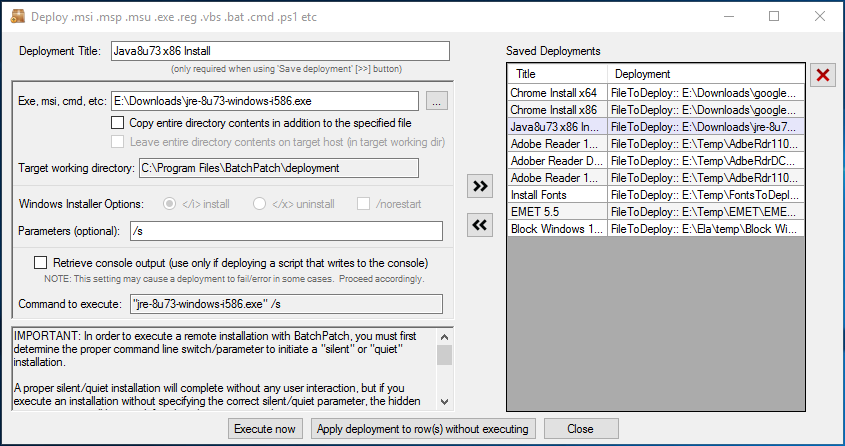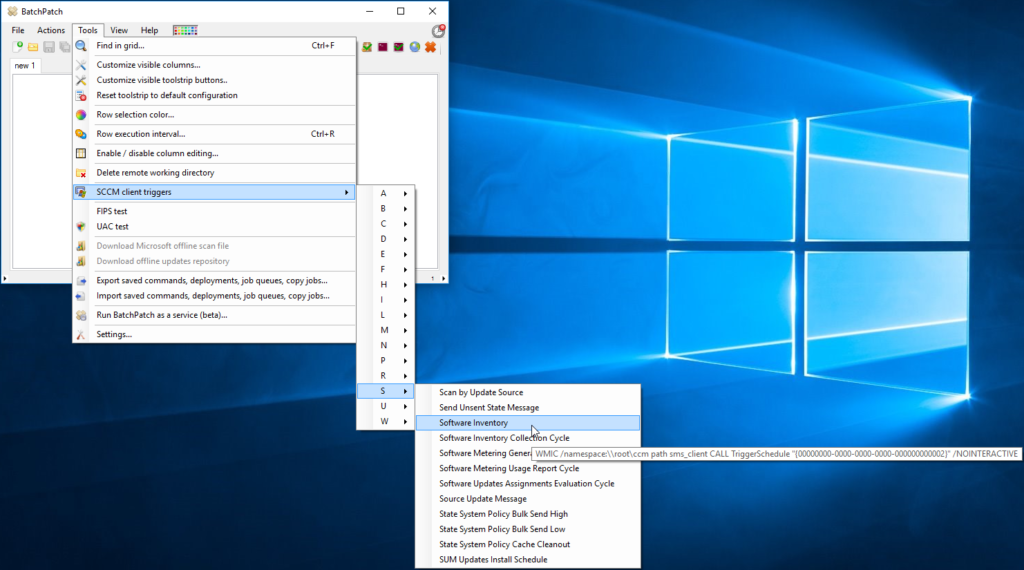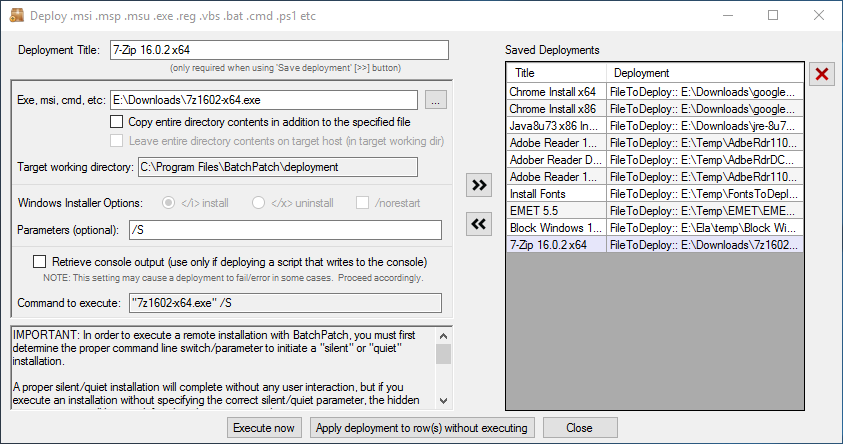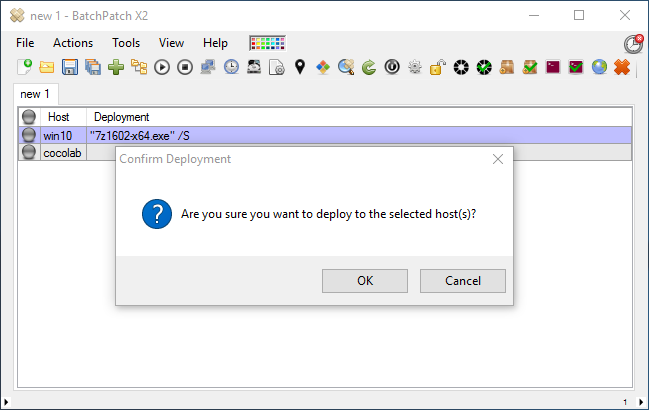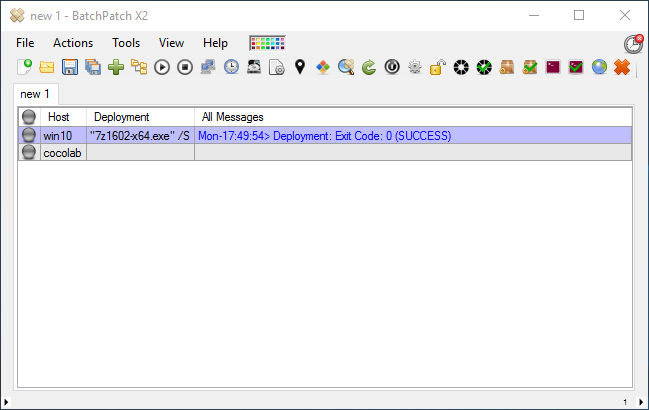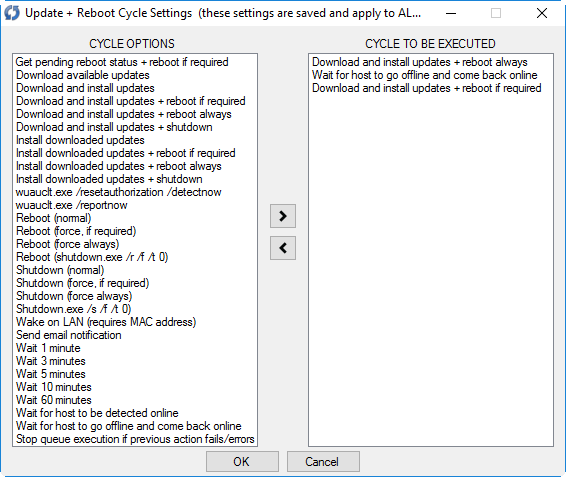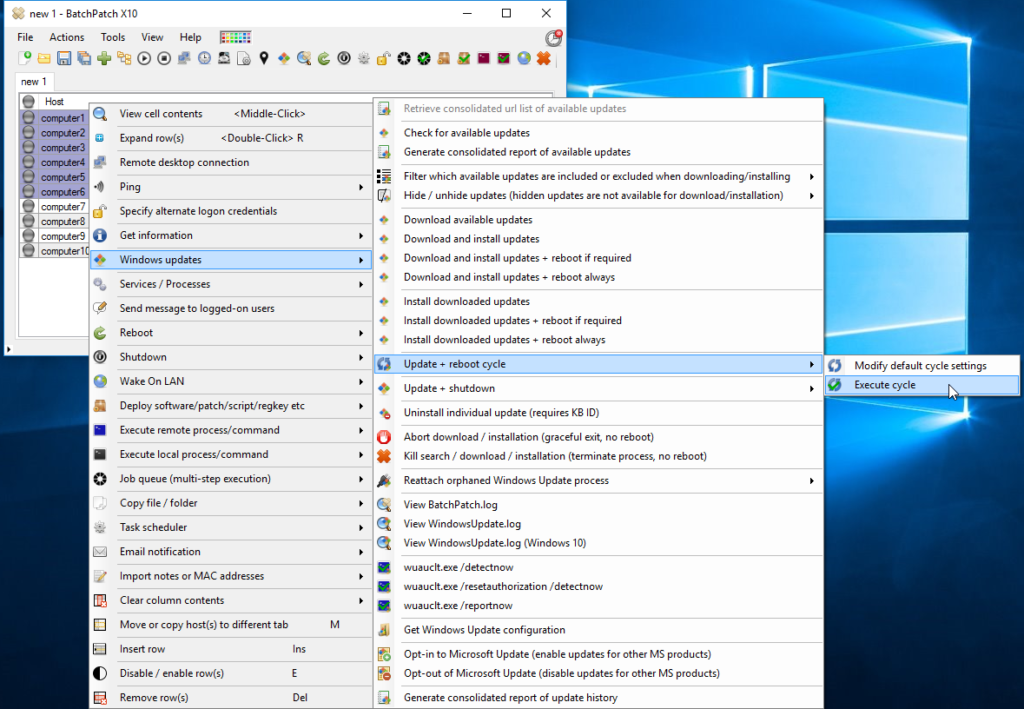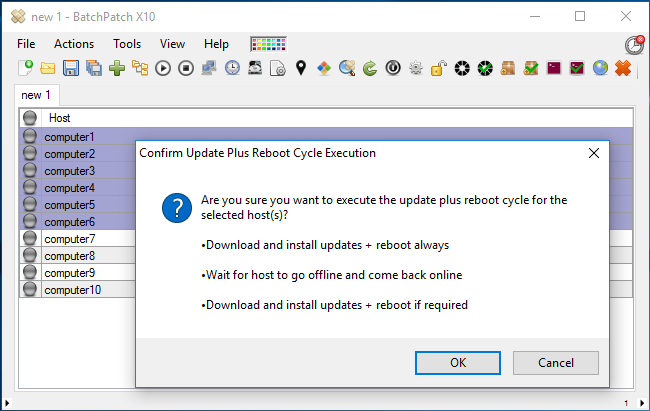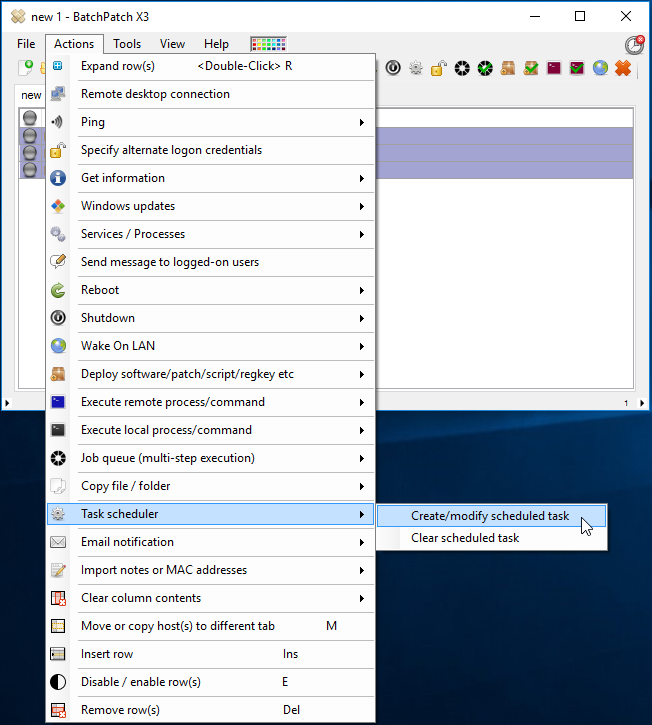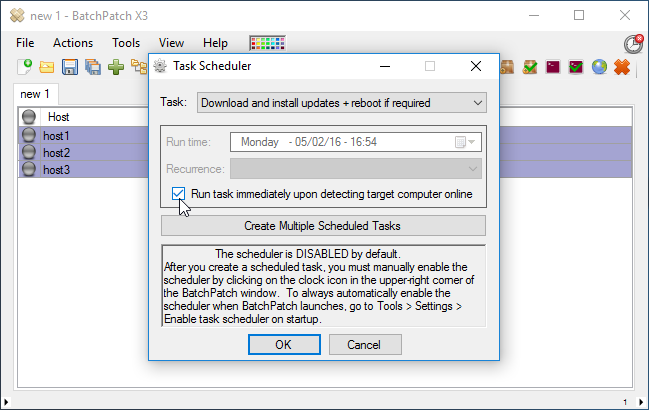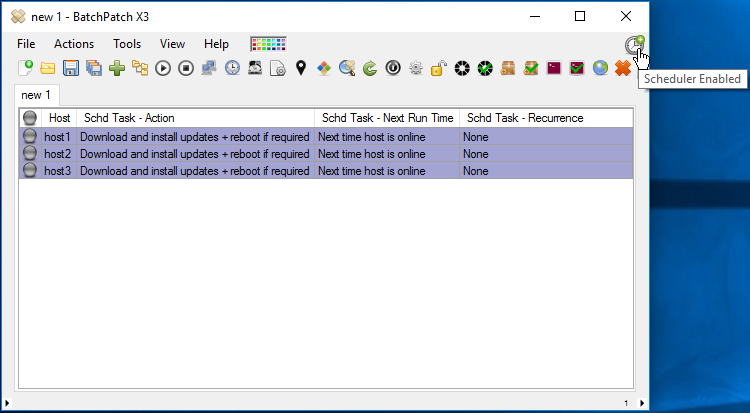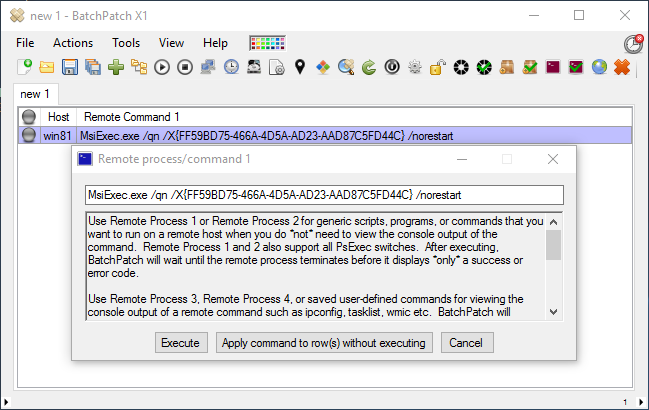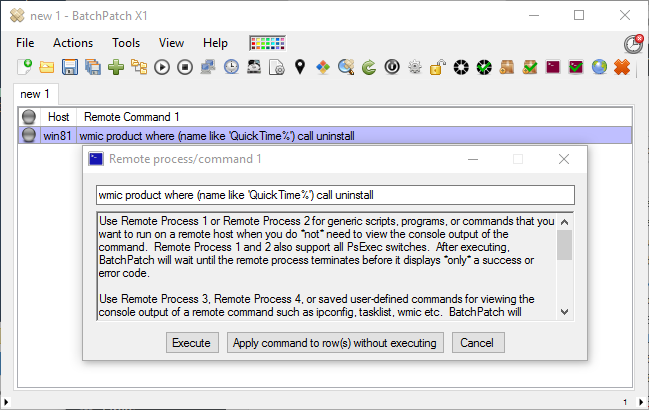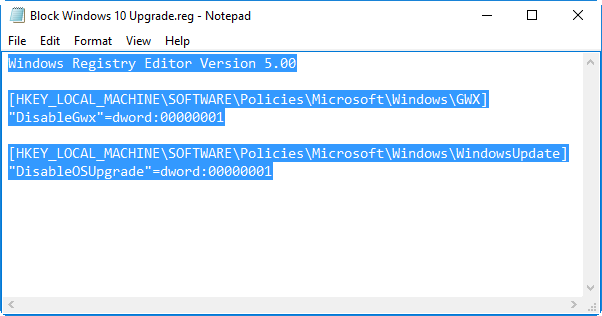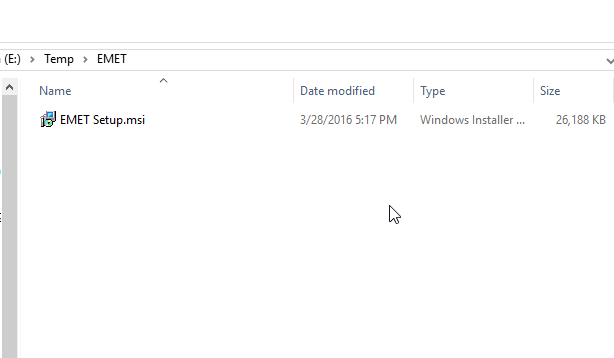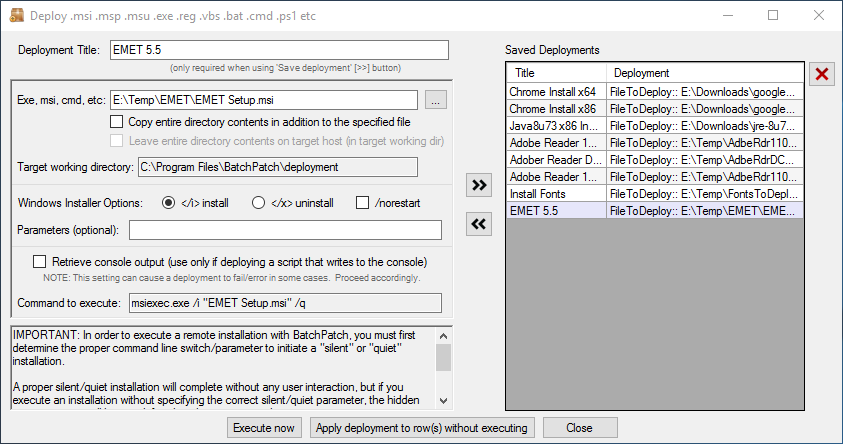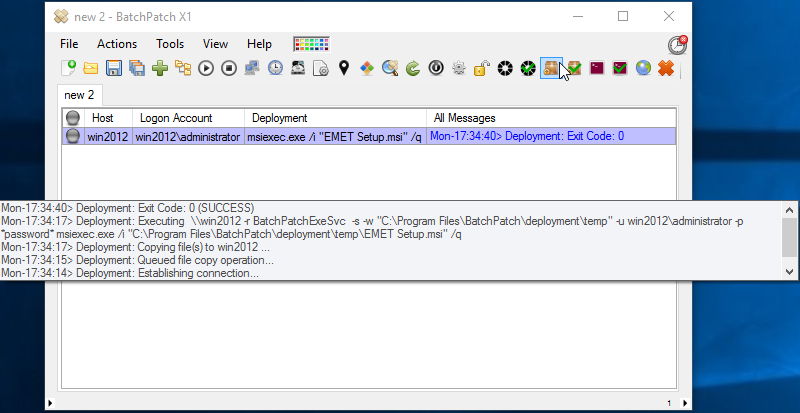One of the most common support questions we receive from customers is regarding software deployments that appear to never complete. In these situations, the remote software deployments seem to just hang forever until you eventually kill the task. Why does this happen? How do you prevent it?
It’s important to understand that remote software deployments must be executed silently/quietly on target computers. Essentially what this means is that when the deployment runs, it must not attempt to display any notifications, confirmations, or configuration dialogs.
Normally if you install software on your local computer by double-clicking on the application’s setup.exe, it pops up a dialog box that requires you to click ‘Next’ a few times before the software installation is completed. You might also be prompted to choose an installation path or some other settings and configurations for the software that is to be installed. Well, as you can imagine, if you execute a software deployment remotely, but the deployment pops up an installation configuration screen on the target computer, you won’t be able to respond to that dialog because you won’t see it appear. Not only will it not appear on the local machine that you’re using to execute the remote deployment, but it also will not appear on the target computer either. This is because the remote deployment process runs on the target computer hidden, with no visible user interface. Any confirmation dialogs or settings dialogs that are displayed by the setup package will simply never be seen. The result is that the software installation appears to hang forever without completing. This is because it’s waiting for user input, but since the dialog is hidden, no user can or will ever be able to provide the input and click ‘Next’ to complete the remote installation.
The solution is very simple, but it does require an extra step for the administrator. In order to prevent the deployment from hanging, it must be executed without ever requiring any user interaction, so that it can run to completion in a hidden remote process. Virtually all software installation packages come with a facility to run a ‘silent’ or ‘quiet’ installation. When the installation package is executed, the administrator simply needs to include the appropriate argument/parameter/switch that tells the package to execute silently/quietly.
In many cases, the silent/quiet installation parameter is simply a /S or /s or /Q or /q. However, often times the silent/quiet switch is something different, so unfortunately you cannot make any assumptions about which switch to use. In the case of the Java deployment that you see in the screenshot below, the silent parameter is simply /s.
The real question, however, is how does one determine what switch/parameter to use to execute a silent/hidden deployment? I wrote a longer, more detailed posting last year that explains exactly how to go about figuring out what the silent/quiet installation parameter is for any given software deployment.
We also have many specific tutorials for deploying software remotely posted at the following link. You’ll find tutorials for deploying applications like Adobe Flash, Adobe AIR, Adobe Reader, 7-Zip, Skype, Firefox, Chrome etc:


